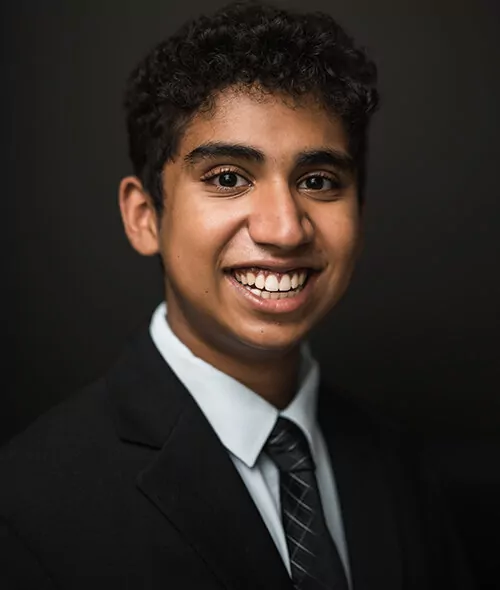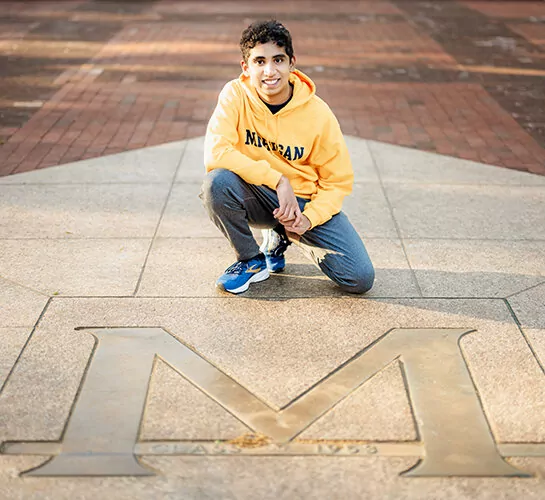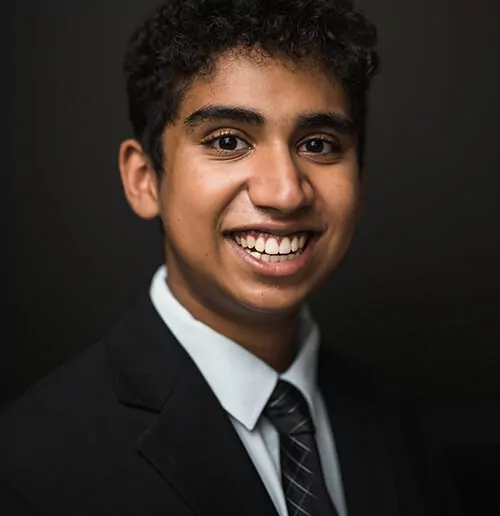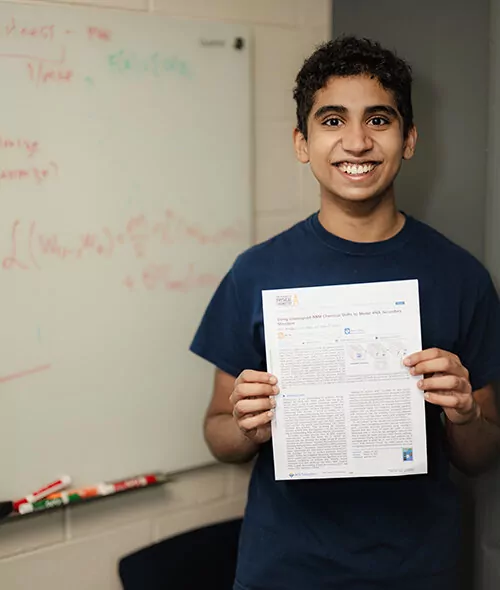Deeper Dive
Cancer, lupus, and coronary artery disease are all conditions that plague humanity. A common thread underlying all these conditions is the need for improved diagnostic and therapeutic tools to combat these and many other disease states. RNA structural prediction tools are an exciting platform that can be used for this purpose. Several of the currently available RNA structural prediction tools require assignment in the chemical shift data collected from nuclear magnetic resonance (NMR) spectroscopy. That is, they require chemical shift values to be assigned to each atom in a given molecule, a tedious and often impossible process which creates a significant roadblock in this arena. I wanted to find a solution to this problem by developing a platform that surmounted this significant impediment. In addition, the truly interdisciplinary nature of my project, which combined biology, chemistry, physics, and statistics, was a huge draw for me.
I started working on my project with my mentor, Dr. Aaron Frank, shortly before the summer of 2020 and continued working on this project over the next year and a half. The project involved science that I had not been taught in high school, so I relied on academic papers to learn the required material. One of the most exciting parts of the project was to learn the new material and actively apply it. Dr. Frank provided me with a lot of reading material and met with me frequently to help me gain a deeper understanding of the material. During my time working on this project, I had a heavy course load, which made it difficult to find time in my busy schedule to work on my project. I handled this problem by setting aside time each week for dedicated work on the project, and this served as a key factor in maintaining momentum. The COVID-19 pandemic resulting in the closure of the lab was another barrier to moving forward at a fast pace. While Zoom, Slack, and other platforms helped connect me with lab members, the inability to simply walk up to people for a quick clarification or feedback on an idea felt limiting. Once my lab reopened in the summer of 2021, I was able to collaborate in real time with others in the lab. I worked closely with Truman Xu, another of my mentors, who helped me understand the intricacies of the pandas data manipulation package in Python so that I could use that knowledge to write code for my project.
After about one and a half years of work, we were successful in developing a platform that can rapidly and accurately predict the secondary structure for RNA molecules using only unassigned chemical shift data. Our platform promises to greatly expand the scope of RNA structural prediction and will allow us to achieve one of the most important goals in the biosciences: to gain a predictive understanding of the function of living cells. Our methods can help predict the structure and behavior of RNA molecules in both physiological as well as pathological states and as a result, this platform has the potential to greatly increase our understanding of the molecular and cellular processes that underlie human diseases. The tool that we developed will afford researchers the opportunity to work rapidly with RNA molecules in emerging pathogens, such as SARS-CoV-2 and other viruses, and help them develop effective responses more expeditiously. In addition, given that our methods use only readily available, unassigned chemical shift data to predict the structural properties of an RNA molecule, researchers using this platform could greatly cut down on the astronomical costs associated with drug development, thus making treatments affordable for all.



